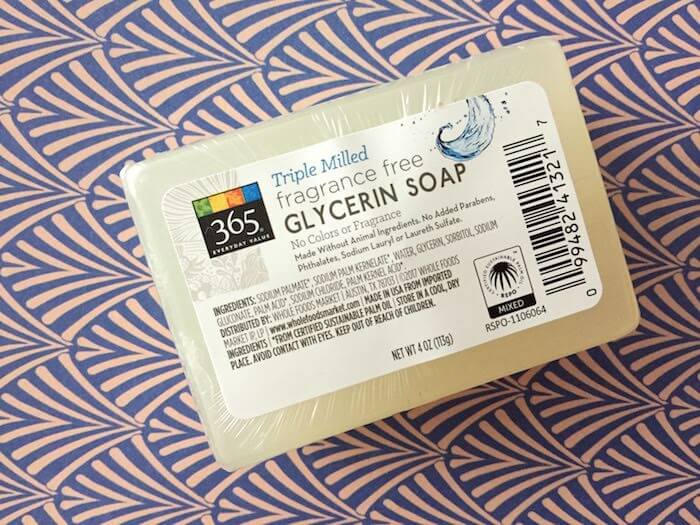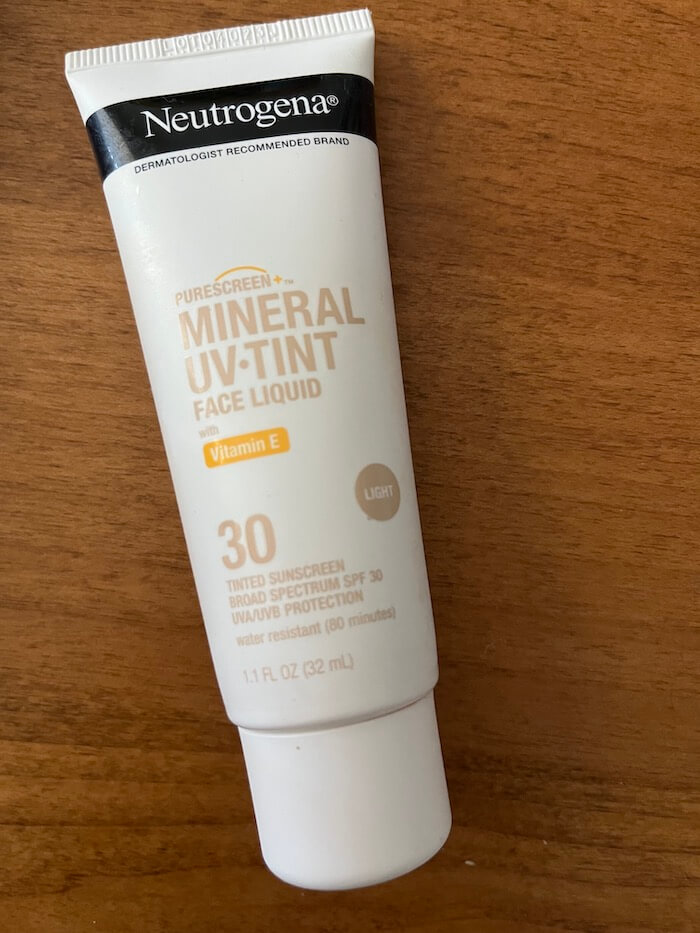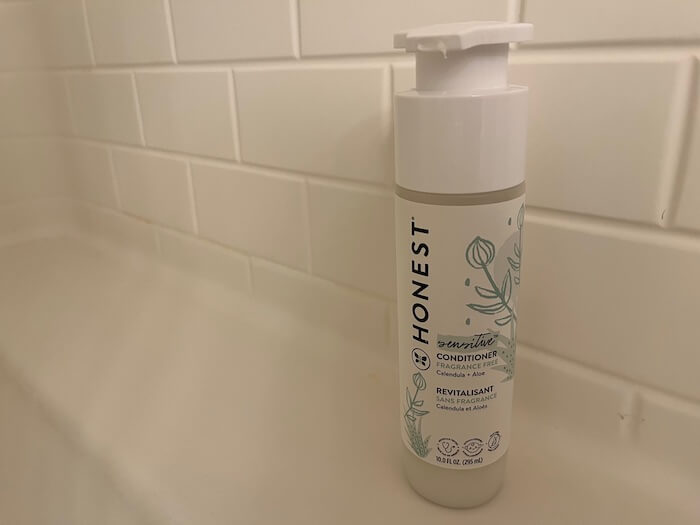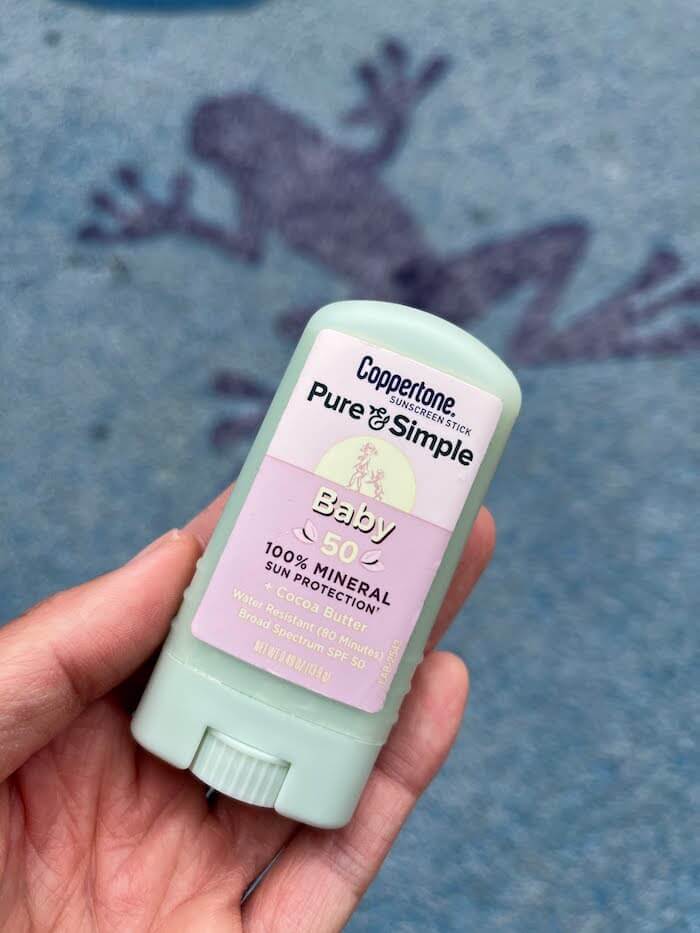What is glycerin, and why is it used in skin care products?
Let's take a closer look at this popular ingredient and ask my dad what concentration is included in a moisturizer.
Ever since I started blogging about skin care, I’ve grown accustomed to seeing the same ingredients pop up over and over again. One of them is glycerin. A few months ago, a reader contacted me with an intriguing question: What’s the typical concentration of glycerin that would be included in a rich facial moisturizer? In this post, we’ll ask my dad that very question and give this ingredient some overdue attention.

What is glycerin?
Glycerin is one of the most common ingredients you’ll see in the skin care industry, since it’s a humectant that helps moisturize the skin. It also happens to be the name of the running shoe I recently purchased. I was curious to see how many of the products I’ve mentioned on this blog include this famous ingredient. It turns out that 119 out of the 182 products in the ingredient database list glycerin as an ingredient.
It’s rare for a skin care product to call attention to glycerin in its name (e.g., a “glycerin moisturizer”), but I do see it highlighted more when it comes to soaps (such as a bar of “glycerin soap” I recently picked up at Whole Foods, shown above). Glycerin seems relegated to being a B-list sidekick in moisturizers, while the A-list stars get all the spotlight.
Glycerin is described as a “clear, colorless syrupy liquid,” in this USDA report, which makes sense, since its name actually derives from glykerós, the Greek word for “sweet.” It’s even used in icings and fondants.
Sometimes you’ll see companies like Thinksport and Badger list it as “vegetable glycerin” to clarify that it is not derived from animals. Badger’s ingredient glossary mentions that its glycerin comes from non-GMO soybean oil. Other times, companies won’t clarify the source of the glycerin on the ingredient list, but will advertise that their skin care products are entirely vegan (not derived from animals). For example, Fleur & Bee is a vegan skin care company, but it lists glycerin as the second ingredient in its Crème de la Cream Hydrating Face Cream.
Glycerin can be derived as a byproduct of the soap making process (which may, in turn, involve animal fats), so if you prefer not to use glycerin derived from animal sources, make sure to look for “vegetable-derived glycerin” in the ingredient list. If it doesn’t say, that doesn’t mean it’s necessarily derived from animals, so you should reach out to the company to confirm if you’re unsure. Glycerin may also be produced synthetically.
The bar of Whole Foods glycerin soap (pictured above) lists “glycerin” as an ingredient, but the label also says “made without animal ingredients.” So even though it didn’t specify “vegetable glycerin” in the ingredient list, you’re still able to figure out that the glycerin in this product was not derived from animals.
What’s the typical concentration of glycerin included in a moisturizer?
Though glycerin is an incredibly popular ingredient in skin care products, companies rarely call out the concentration of glycerin included in their products. Other more premium skin care ingredients like hyaluronic acid get all the spotlight. For example, this The Ordinary AHA 30% + BHA 2% includes glycerin as an ingredient, but it only lists the percentages of the AHAs and BHA (salicylic acid) included.
I asked my dad if he could provide insight into the typical percentage of glycerin included in a moisturizer.
Interesting. That is way less glycerin than I thought—2 percent by weight doesn’t sound like a whole lot. It’s even possible that some cheaper moisturizers use much less than percent, but still add it to their ingredient lists as padding, to make it seem like they include some extra moisturizing benefit. The good news is that you can easily get pure vegetable glycerin online or at your local drugstore, if you want to add a little DIY to your skin care routine.
I wish that companies would be more transparent about their ingredients—but then again, I guess they have a right to protect their formulas.





Share this post
RSS
Facebook
Reddit
Email